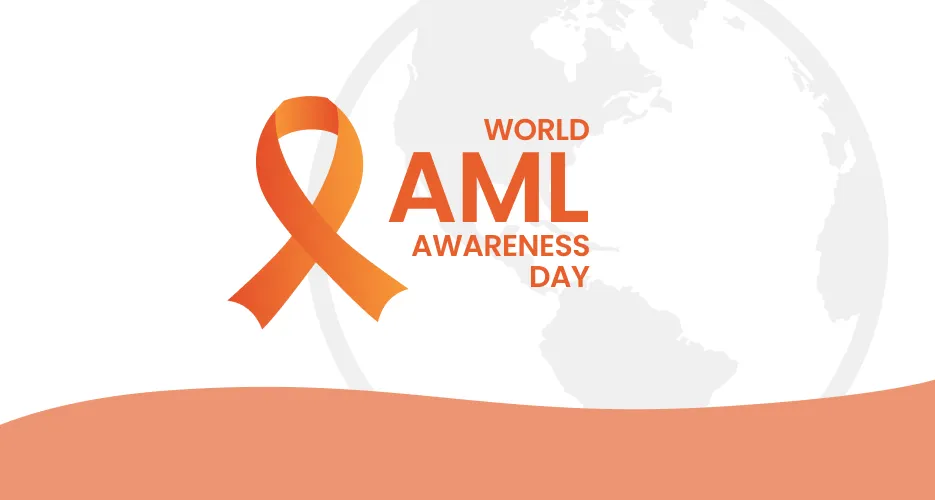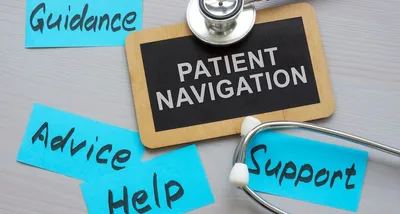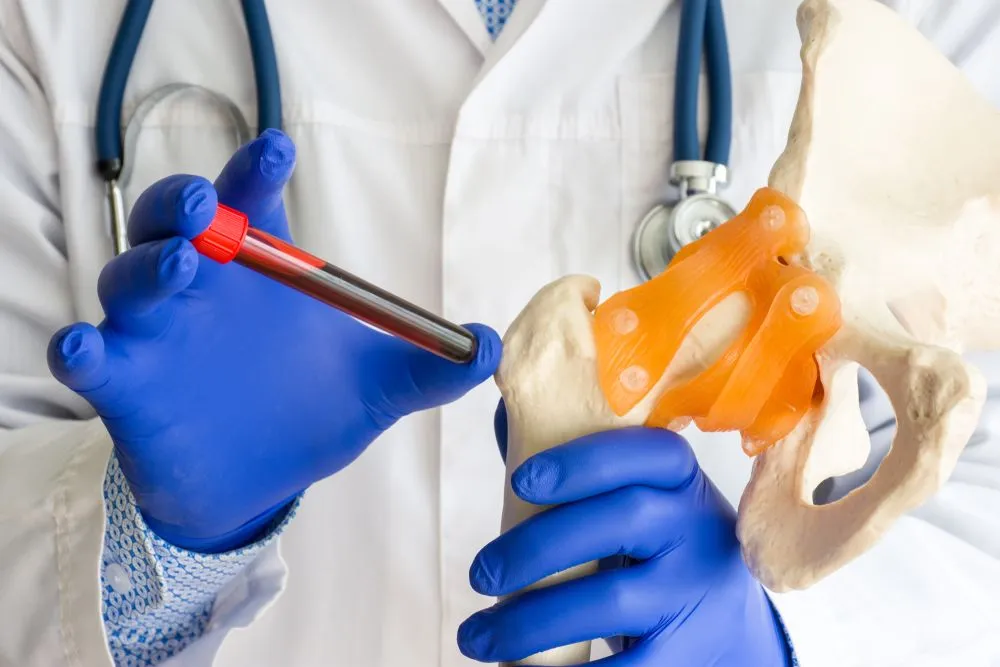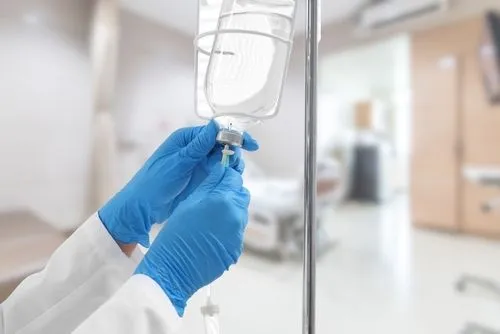The Critical Steps After MDS Treatment

Myelodysplastic syndromes (MDS) are a group of bone marrow disorders characterized by abnormal production and maturation of blood cells. MDS is often referred to as a “bone marrow failure disorder”. MDS is primarily a disease of the elderly but can affect younger patients as well.
In MDS, the blood stem cells (immature cells) do not become healthy red blood cells, white blood cells, or platelets. These immature blood cells, called blasts, do not work as they should and either die in the bone marrow or soon after they go into the blood. This leaves less room for healthy white blood cells, red blood cells, and platelets to develop in the bone marrow. When there are fewer healthy blood cells, infection, anemia, or easy bleeding may occur. The treatment for MDS depends on several factors, including the patient's age, overall health, and the type of MDS. The main goal of treatment is to manage symptoms, improve quality of life, and increase survival.
What Happens After Receiving Initial Treatment For MDS?
It’s important to address the possible side effects that may happen after or during the treatment. The side effects depend on which treatment you received.
Dr. Matsui and Dr. Feld discuss key steps for recovering after MDS treatment; for example, they mention that after transplant, one of the complications that could happen is graft-versus-host disease, which happens when the donor cells start attacking the patient's organs. Another example could be replenishing the weakened immune system and preventing or treating infections.
As explained in the video, close monitoring after transplant is essential, and it will go from daily check-ups to bi-weekly to monthly in the course of a year. Once patients are cleared out, a hematologist might transfer them to their primary care physician for regular check-ins, which consist of blood work and, sometimes, bone marrow analysis.
Besides a transplant, a common treatment for MDS is hypomethylating agents (HMAs), which are usually given for a longer period until patients don’t tolerate them or they stop working to control the MDS growth.
After an MDS treatment, Dr. Matsui and Dr. Feld highlight the importance of an individualized assessment to prevent the negative effects of a weakened immune system and the rejection of a transplant. This is a medium-term supervision (3-6 months) by your healthcare team to ensure that everything works out and your quality of life improves.
Maintenance Therapy
Maintenance therapy is the treatment given after a bone marrow transplant to prevent the MDS from coming back. It usually consists of a hypomethylating agent for six months to a year. The doctors mention that the longer you are on this therapy as maintenance, the less likely you are to relapse.
It’s important to attend to your hematology follow-up office visits, and if there are no complications 5 years post-treatment, you may only have them once a year!
If you want to continue reading about MDS, you can check our 101 articles, like:
Myelodysplastic syndromes (MDS) are a group of bone marrow disorders characterized by abnormal production and maturation of blood cells. MDS is often referred to as a “bone marrow failure disorder”. MDS is primarily a disease of the elderly but can affect younger patients as well.
In MDS, the blood stem cells (immature cells) do not become healthy red blood cells, white blood cells, or platelets. These immature blood cells, called blasts, do not work as they should and either die in the bone marrow or soon after they go into the blood. This leaves less room for healthy white blood cells, red blood cells, and platelets to develop in the bone marrow. When there are fewer healthy blood cells, infection, anemia, or easy bleeding may occur. The treatment for MDS depends on several factors, including the patient's age, overall health, and the type of MDS. The main goal of treatment is to manage symptoms, improve quality of life, and increase survival.
What Happens After Receiving Initial Treatment For MDS?
It’s important to address the possible side effects that may happen after or during the treatment. The side effects depend on which treatment you received.
Dr. Matsui and Dr. Feld discuss key steps for recovering after MDS treatment; for example, they mention that after transplant, one of the complications that could happen is graft-versus-host disease, which happens when the donor cells start attacking the patient's organs. Another example could be replenishing the weakened immune system and preventing or treating infections.
As explained in the video, close monitoring after transplant is essential, and it will go from daily check-ups to bi-weekly to monthly in the course of a year. Once patients are cleared out, a hematologist might transfer them to their primary care physician for regular check-ins, which consist of blood work and, sometimes, bone marrow analysis.
Besides a transplant, a common treatment for MDS is hypomethylating agents (HMAs), which are usually given for a longer period until patients don’t tolerate them or they stop working to control the MDS growth.
After an MDS treatment, Dr. Matsui and Dr. Feld highlight the importance of an individualized assessment to prevent the negative effects of a weakened immune system and the rejection of a transplant. This is a medium-term supervision (3-6 months) by your healthcare team to ensure that everything works out and your quality of life improves.
Maintenance Therapy
Maintenance therapy is the treatment given after a bone marrow transplant to prevent the MDS from coming back. It usually consists of a hypomethylating agent for six months to a year. The doctors mention that the longer you are on this therapy as maintenance, the less likely you are to relapse.
It’s important to attend to your hematology follow-up office visits, and if there are no complications 5 years post-treatment, you may only have them once a year!
If you want to continue reading about MDS, you can check our 101 articles, like:

about the author
Jimena Vicencio
Jimena is an International Medical Graduate and a member of the HealthTree Writing team. She has a passion for languages and is currently learning Japanese. In her free time, she loves playing with her cats. Jimena is also pursuing a bachelor's degree in journalism.
More on HealthTree Programs
Get the Latest Myelodysplastic Syndromes Updates, Delivered to You.
By subscribing to the HealthTree newsletter, you'll receive the latest research, treatment updates, and expert insights to help you navigate your health.










